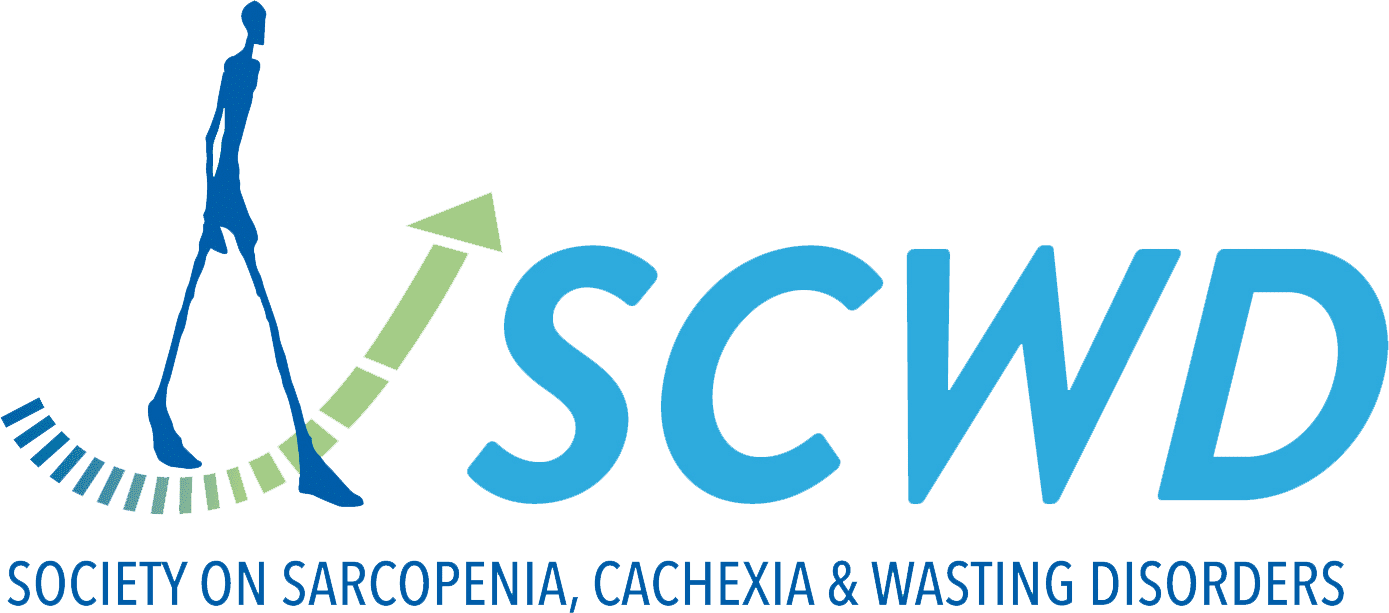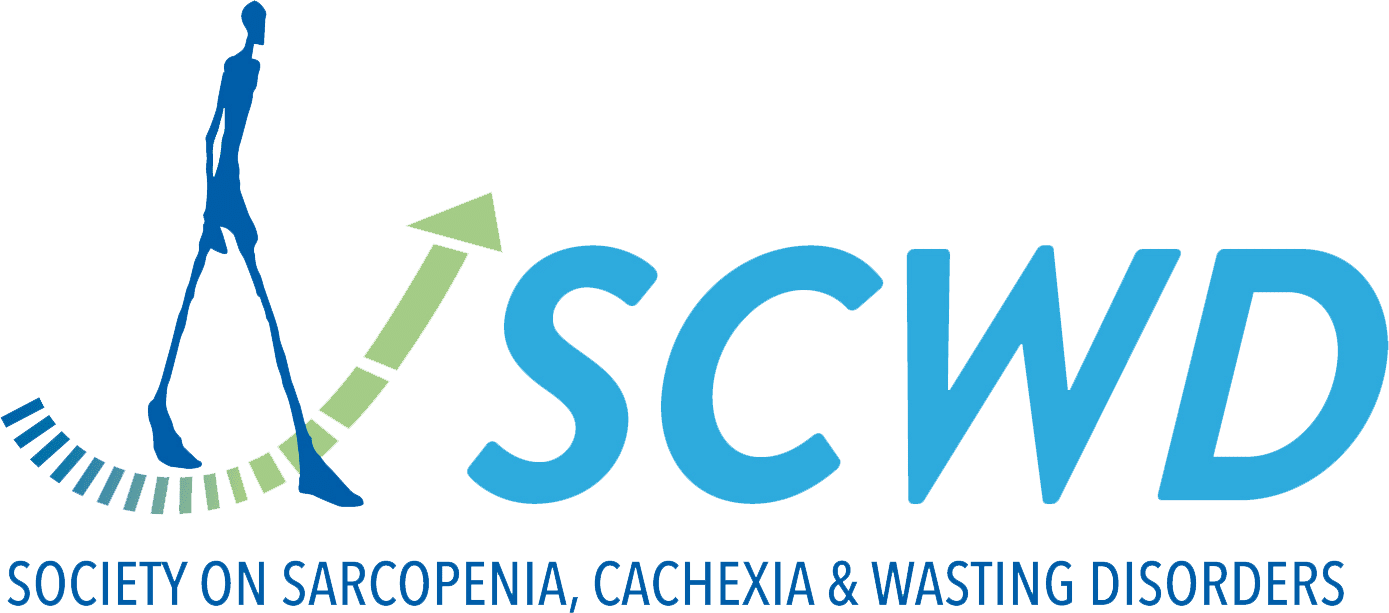High expression of the cachexia-related protein Fn14 in esophageal squamous cell carcinoma correlates with poor chemotherapy response and anti-Fn14 therapy decreases chemotherapeutic resistance.
In cancer cachexia, cytokine release by tumours causes weight loss, decreased therapeutic efficacy, and worsened prognosis. Tumour necrosis factor-like weak inducer of apoptosis (TWEAK) and fibroblast inducible factor 14 (Fn14) are cancer cachexia-related proteins; however, their expression in oesophageal squamous...


